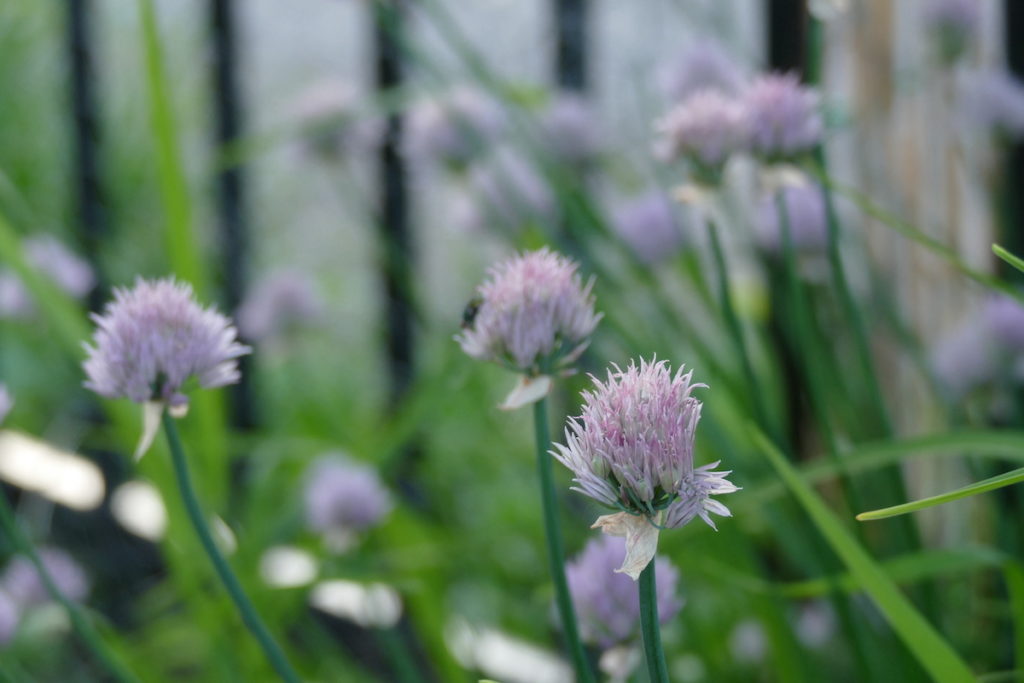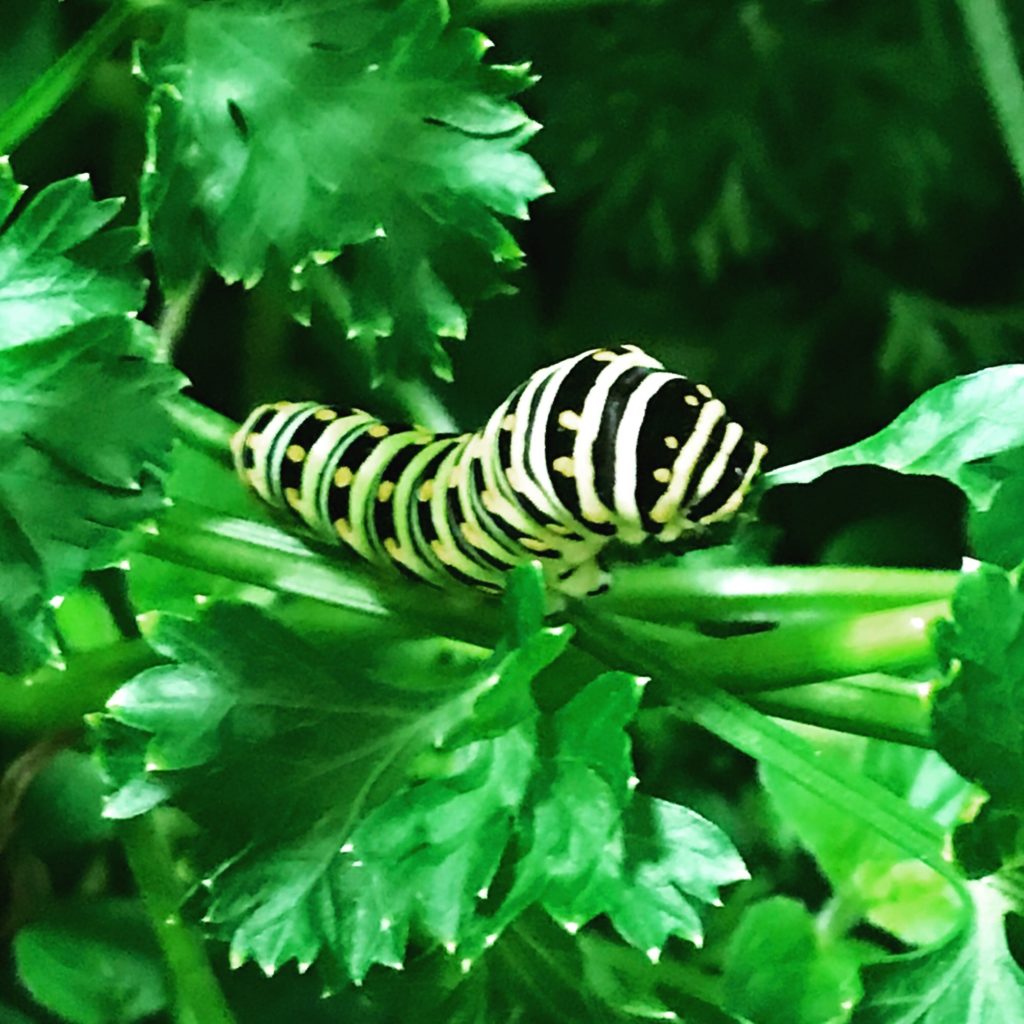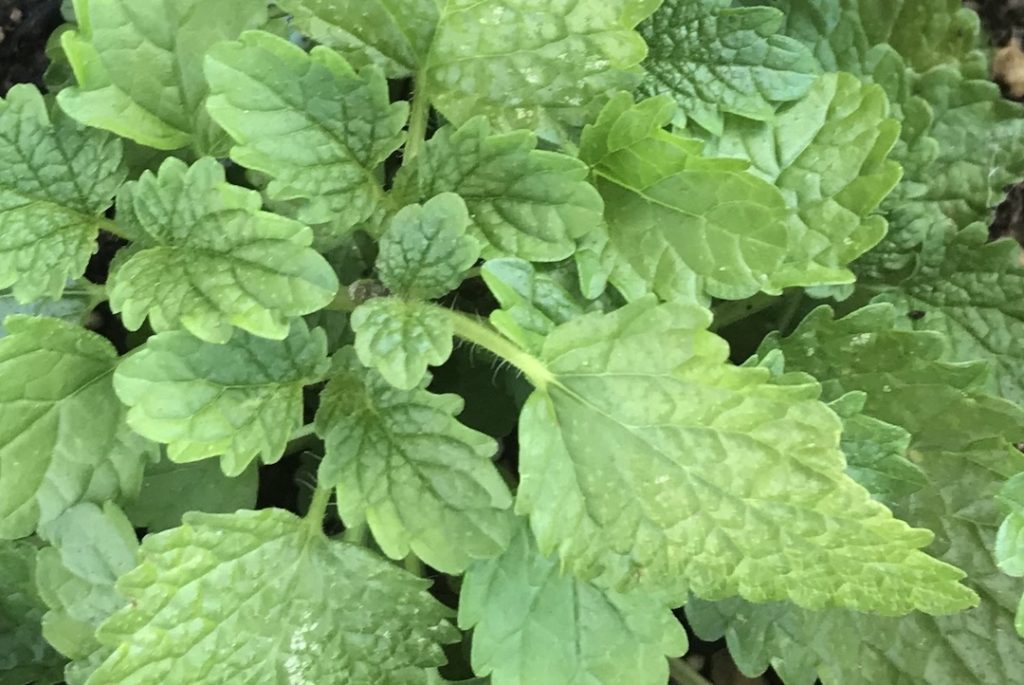Susan Betz, who is the author of Herbal Houseplants (Cool Springs Press, 2021), has a great attitude about herbs. Her basic approach is to understand your herbs and what they need to grow, pay attention to them and let them go when the time comes. When I interviewed her for the Grow it, Minnesota podcast, Susan explained that not all herbs are long-lived. Fortunately, there are many easy herbs that you can start from seed, grow and replace when they’ve done their thing.
Here are a few easy herbs to consider as you plan your garden for 2023.
Almost Too Easy — Mint and Relatives, Chives and Garlic Chives
Some herbs are aggressive growers—such as anything in the mint family, including oregano. As a beginning gardener, I made the mistake of planting oregano in the ground. I spent the remaining five or so years we lived in that house pulling oregano from planting beds, the lawn, anywhere it could go. Mint and oregano are great herbs to grow for use in the kitchen, but grow them in a container or planter box to prevent them from world domination in your garden. Like most herbs, both like a not-to-rich soil, plenty of sun and good drainage.

Chives and especially garlic chives are also in the “almost too easy” category. Both are members of the Allium genus (the same plant family with onions and ornamental allium). Garlic chives have flat stems and white flowers. They are also taller than onion chives. The garlic chives taste a bit of garlic while onion chives have a very mild onion flavor. In my experience, garlic chives are real rogues in the garden — plant them once and you have them forever and everywhere. If you like garlic chives, consider planting in a pot and be sure to cut off the blooms before they go to seed. Onion chives can also spread, though not as aggressively. One of my favorite garden Youtubers, Erin of the Impatient Gardener has a chive hedge that is pretty and she keeps under control by snipping the flowers before they set too much seed.
Easy and the Pollinators Will Love You — Dill and Parsley
I’m not a huge fan of dill, except in a few Scandinavian recipes, but I always have it in my herb garden for the pollinators. Dill is a host plant for the caterpillars of the black swallowtail butterfly and its flowers are frequent nectar sources for bees, butterflies and other insects. If it goes to seed, dill will spread in your garden, but it’s easy to pull. I like to let it come up here and there for its airy look and value to beneficial insects.
Parsley is easy and not likely to spread. Parsley is a biennial — meaning it flowers and sets seed in the second year. Unless you are able to overwinter a plant (not likely without cover in northern climates), you’ll never see parsley flowers here. But it is super easy to grow. You can buy plants in early May or start it from seed, beginning in mid- to late March in our climate. The seeds can take up to four weeks to germinate so be patient. Parsley has a tap root that does not like to be disturbed. Don’t let the plants get too big in your seed-starting pots and carefully transplant them so you don’t disturb the roots. Parsley can be used to edge flower beds or as a filler plant in your containers. When the plant is about 6 inches tall, you can harvest from it by snipping off the outer leaves. I use a kitchen shears for this. By the end of the season, your parsley plant will be lush. It will grow into fall, so harvest it all and preserve parsley to use later in the season.

Easy from Seed—Basil!
Who doesn’t love basil? It’s tasty in tomato sauce, pesto and even ice cream! Basil is an easy herb to grow from seed and if you stagger when you set out your plants, you can harvest healthy basil all summer. I’ve even had luck overwintering basil! I usually start the seeds indoors and set the plants our as the temperatures warm up in early June. You can grow it in pots or in the ground, though I think the plants in the ground get bigger and tend to stay a bit healthier. Basil is prone to wilts and leaf spots as well as downy mildew. For big harvests, plant lots of plants and continue to pick regularly. For pollinators, let some of your plants go to flower. You’ll see lots of bees on basil in late summer.
Easy but Tricky Timing — Cilantro
Truth be told, I’m not a huge cilantro fan. My husband is one of those people who thinks it tastes like soap, so I’ve rarely grown it in my garden. Cilantro is a quick to grow herb in the spring — but it tends to bolt and go to seed as soon as the temperatures sneak into the mid-70s. Cilantro germinates in seven to 10 days and is ready to snip for your favorite dishes in about four weeks. So plant it in spring or consider planting it in late August for a harvest in the fall. Native bees and syrphid flies are pollinators that love cilantro.
Lemon Balm — A Mint Relative but Not So Spreading
Lemon balm is another favorite herb of mine. It’s easy to grow (it is a relative of mint but is in the Melissa genus and not nearly as aggressive), and the aroma of its leaves is enchanting. It has almost no pests or diseases and grows very well in containers. It really smells like lemons. I love to infuse a light sugar syrup with lemon balm leaves and add it to teas in late summer. It’s incredibly refreshing. Lemon balm seeds need a fairly warm soil to sprout (65 degrees or more), so I’ve usually bought my plants at the nursery in spring.

Whether you are a beginning gardener or long-time grower, these easy herbs are worth planting come spring.
Leave a Reply